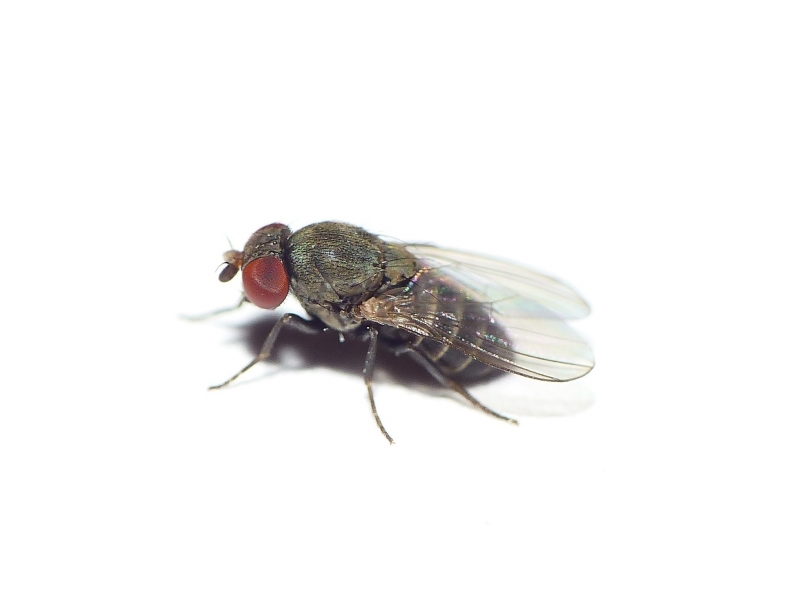Other News
Apr 11, 2024: Community Meeting: Sea Level Rise Adaptation for Outer Bay and Agate Beach Areas on Lopez Island
Mar 11, 2024: Queers in Unexpected Places: Searching for (and Finding) Gender and Sexual Non-Conformity in the Rural and Early PNW
Mar 7, 2024: DRAFT Richardson Marsh Preserve Stewardship and Management Plan Now Open for Public Comment
Dec 5, 2023: County Council Member Jane Fuller and Senator Liz Lovelett to Host Public Meeting on Lopez
Nov 3, 2023: County and Town Send Open Letter to State Officials Regarding Impacts of Poor Ferry Service
Sep 29, 2023: Conservation Land Bank Announces Special Meeting to Discuss Watmough Bay Preserve Addition
Sep 14, 2023: The mobile dental van is coming to Lopez! // ¡La camioneta dental móvil ya llega a López!
Aug 22, 2023: San Juan County Adopts 32-Hour Work Week in the Name of Fiscal Health, Recruitment, and Islander Wellness
May 25, 2023: Recap of Lopez Neighborhood Meeting Regarding the Relocation of Public Works Facilities
May 23, 2023: District 3 Councilmember Jane Fuller Opens Office on Lopez and Hosts Community Conversation
Apr 17, 2023: Give Lopez Starts April 17th - A two week fundraiser benefiting 15 Lopez Island Non-Profits
Sep 22, 2022: Interim Watmough Preserve Addition Stewardship and Management Plan Now Open for Public Comment
Parasite alert: Houdini fly threatens island Mason bees
Feb 16, 2023
By Kwiaht
Both commercially sold and wild native Mason bees are at risk from a European parasitic fly that was introduced in Seattle a few years ago. Steps should be taken urgently to "bag" occupied bee tubes and bee hotels to trap any flies that may emerge this spring.
One of the risks of importing Mason bee tubes from the mainland has been the unwitting introduction of pathogens and parasites that could impact the islands’ native Mason bee species, which are important for spring pollination of wildflower meadows and early-flowering shrubs and trees. Commercially-available Mason bees in the Pacific Northwest are mainly Osmia lignaria, the so-called Blue Orchard Mason Bee; but there are thirty other native species of Mason bees in the Salish Sea region, at least eight of which have been identified in the San Juan Islands.
Houdini fly (Cacoxenus indagator), a European parasite of Mason bees, was discovered in New York State in 2011, and first confirmed in the Seattle area in 2020. It presumably has been spread by trade in Mason bees. A distant cousin of the familiar laboratory “fruit fly,†Drosophila melanogaster, Houdini flies lay their eggs in Mason bees’ nests. When they hatch, the fly maggots feast on nectar and pollen meant for larval bees. In the spring, adult flies rather than bees emerge from the Mason bees’ nests. The newly emerged adult flies then search for fresh Mason bee nests to parasitize. In areas where Houdini flies are well established, they can affect a majority of Mason bee nests or nest-tubes, sharply reducing Mason bee survival and pollination services.
The Houdini fly gets its name from the way it manages to escape from Mason bee nests that were sealed with mud the previous summer. Unlike bees, these flies lack the ability to chew. But astonishingly, they can inflate their heads and use them as battering rams. The process may take hours.
What can island gardeners and farmers do?
The first line of defense is to ensure, if you already have Mason bee tubes or “bee hotels,†that you are not raising Houdini flies along with your bees. The simplest way to achieve this is to bag your Mason bee tubes and bee hotels in mosquito netting with fine mesh, 1/16 inch or less, to detain whatever insects may emerge in spring. If there are flies, their prominent red eyes make it easy to distinguish them from Mason bees. Squash the flies, and release the bees. Then dispose of the empty bee tubes; do not reuse them. Wash and bleach the bee hotel.
The second line of defense is to avoid importing any more Mason bees from the mainland, in tubes or bee hotels. Instead, you can support native Mason bees by providing them with more nesting habitatâ€"including empty, previously unused bee hotels, as well as stumps and snags that have beetle and woodpecker borings. You can also provide habitat in your landscaping for some of the other wild native bee species that live in the islands, including Bumblebees and Miner bees that alsoâ€"like Mason beesâ€"emerge relatively early for spring pollination.
Contact info@kwiaht.org for additional information on attracting and protecting wild native bees in the islands.
Houdini fly (Cacoxenus indagator), a European parasite of Mason bees, was discovered in New York State in 2011, and first confirmed in the Seattle area in 2020. It presumably has been spread by trade in Mason bees. A distant cousin of the familiar laboratory “fruit fly,†Drosophila melanogaster, Houdini flies lay their eggs in Mason bees’ nests. When they hatch, the fly maggots feast on nectar and pollen meant for larval bees. In the spring, adult flies rather than bees emerge from the Mason bees’ nests. The newly emerged adult flies then search for fresh Mason bee nests to parasitize. In areas where Houdini flies are well established, they can affect a majority of Mason bee nests or nest-tubes, sharply reducing Mason bee survival and pollination services.
The Houdini fly gets its name from the way it manages to escape from Mason bee nests that were sealed with mud the previous summer. Unlike bees, these flies lack the ability to chew. But astonishingly, they can inflate their heads and use them as battering rams. The process may take hours.
What can island gardeners and farmers do?
The first line of defense is to ensure, if you already have Mason bee tubes or “bee hotels,†that you are not raising Houdini flies along with your bees. The simplest way to achieve this is to bag your Mason bee tubes and bee hotels in mosquito netting with fine mesh, 1/16 inch or less, to detain whatever insects may emerge in spring. If there are flies, their prominent red eyes make it easy to distinguish them from Mason bees. Squash the flies, and release the bees. Then dispose of the empty bee tubes; do not reuse them. Wash and bleach the bee hotel.
The second line of defense is to avoid importing any more Mason bees from the mainland, in tubes or bee hotels. Instead, you can support native Mason bees by providing them with more nesting habitatâ€"including empty, previously unused bee hotels, as well as stumps and snags that have beetle and woodpecker borings. You can also provide habitat in your landscaping for some of the other wild native bee species that live in the islands, including Bumblebees and Miner bees that alsoâ€"like Mason beesâ€"emerge relatively early for spring pollination.
Contact info@kwiaht.org for additional information on attracting and protecting wild native bees in the islands.

The Houdini fly looks like a common red-eyed "fruit fly" but has a very different lifestyle (Dick Belgers photo, Wikipedia Commons).
